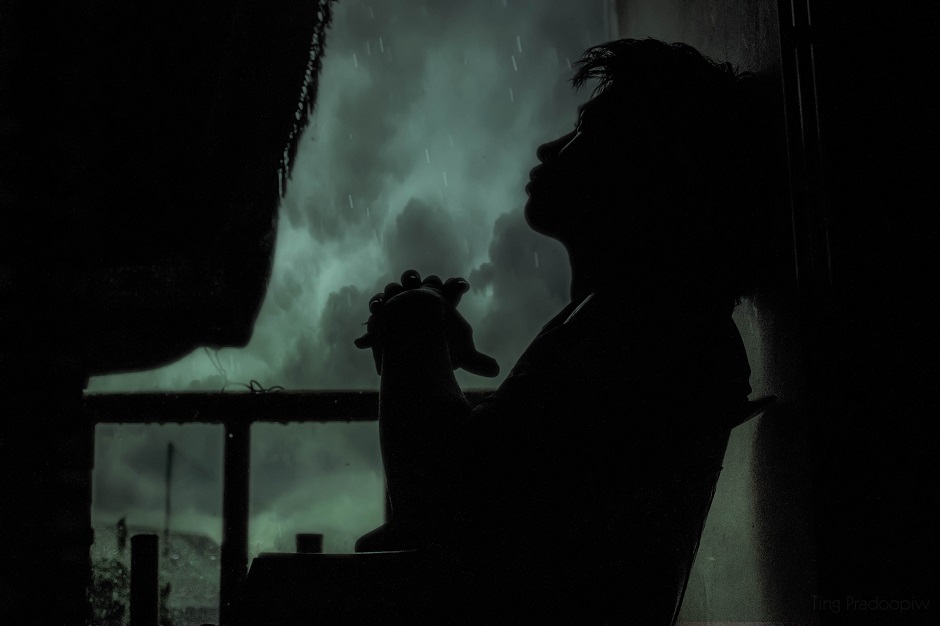Tuesday’s blog touched on the difficulty that some survivors of domestic violence have when they try to reconcile the good memories of their relationship with their abuse. In trying to reconcile the good with the bad, victims may start to rationalize the abusive behavior and second-guess themselves.
This tendency of the victim to downplay their abuse (especially while still in the relationship) is reinforced by the abuser’s talent for hiding their behavior. Abuse occurs in a cyclical pattern called the cycle of abuse, and abusers tend to perpetrate abuse only during half of this cycle. During the other half, they attempt to “atone” for their behavior, creating a sort of push-and-pull dynamic where they abuse their partner, then keep them from leaving by promising to change. This dynamic often serves to make the victim even more dependent on their abuser, and the inconstancy of the abuse makes it harder for both the victims and others to identify it.
However, by raising awareness of the cycle of abuse, we can begin to recognize these types of relationships more often, helping victims to understand what is happening before they become trapped, and enabling those who witness domestic violence to recognize it and intervene.
Abusive relationships don’t always feel or look abusive at the beginning – they can feel magical (or even “too good to be true”), as abusers can be incredibly charismatic. But warning signs start to show during periods of stress. This initial phase is called “tension building” – daily life (or crises) causes stress in the relationship. When this stress causes the abuser to feel that she is being ignored, threatened, or in any way has lost her control over the relationship, she begins to show some of her manipulative and abusive tendencies. The victim may feel compelled at this point to make concessions on behalf of the abuser to ensure the peace.
The next phase is “acute violence,” where the abuser often lashes out at the victim and attempts to dominate them with emotional, physical, or sexual abuse. This is the phase when the abuser shows her true colors, and where the nature of the abusive relationship is easiest to recognize.
After this, often when either the abuser feels guilty for her actions or the victim attempts to leave, the abuser will attempt to make reparations, promising the victim that they will change. This is called the “honeymoon phase.” During this time, the abuser treats the victim kindly, which often can make them wonder if things were as bad as they seemed. In this phase, it is often the hardest to leave.
After the honeymoon phase is a relative period of calm resembling a healthy relationship – however, as soon as enough stress occurs, the cycle will begin again.
To the victim, the honeymoon and calm phases of the cycle can make it appear as if the abuser “isn’t always abusive,” which can cause them to believe that things might change, or that their situation isn’t truly abuse. The longer that the victim spends within this cycle of abuse, the more difficult it is for them to leave.
Continue onto part 3 to learn the signs of abuse and what to do if someone you know is being abused.
Note: While this article uses the pronoun “she” for the abuser, it is vital to recognize that males and females are equally as likely to be abusive to their partners.
by Venn Crawford
 Ask Carolyn
Ask Carolyn




